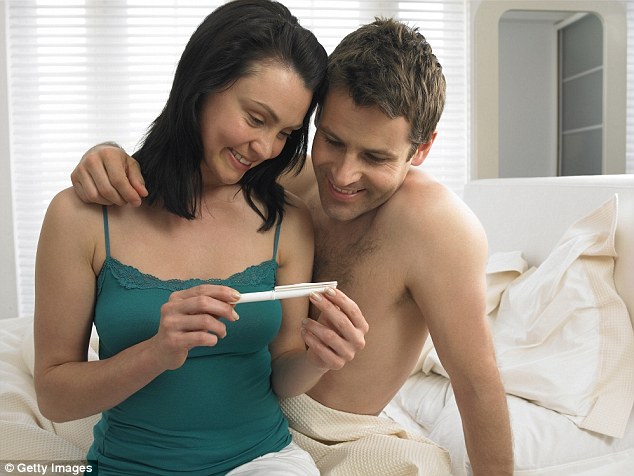IVF in Laos
- 18
- November
 IVF in Laos is a great option for couples seeking fertility treatment in Laos. In Vitro Fertilization or IVF in Laos is a fairly modern, yet a common, medical procedure. The world’s first baby created through IVF was born in 1978. Since then, over a million babies have been born as a result of the procedure.
IVF in Laos is a great option for couples seeking fertility treatment in Laos. In Vitro Fertilization or IVF in Laos is a fairly modern, yet a common, medical procedure. The world’s first baby created through IVF was born in 1978. Since then, over a million babies have been born as a result of the procedure.
During In Vitro Fertilization, the sperm and egg cells are combined in a laboratory dish. The procedure is then followed by an embryo transfer of the best quality embryos into a woman’s uterus. This can be the intended parent or a surrogate mother through surrogacy in Laos.
IVF is frequently used when a patient needs her eggs to be fertilized in a controlled environment, when Pre-implantation Genetic Diagnosis (PGD) testing is required to examine for any harmful genetic diseases, when the fallopian tubes are obstructed or closed, with egg donation when the intended mother has no viable eggs, when the intended father has low sperm volume or poor mobility and Intra Cytoplasmic Sperm Injection (ICSI) is carried out to put a single sperm into an egg, when the intended mother is unable to carry her baby due to a past hysterectomy, and intended father’s sperm is combined with either the intended mother or an egg donor’s eggs and placed into a surrogate mother’s uterus.
What are the steps involved in In Vitro Fertilization?
There are five steps in the In Vitro Fertilization process. These five steps are:
• Observe and encourage the growth of healthy eggs in the egg donor or intended mother’s ovaries or that of a surrogate mother through our surrogacy program n Laos.
• Obtain the eggs from the egg donor or intended mother.
• Retrieve the sperm from the intended father.
• Join the eggs and the sperm collected and supply the ideal environment, so that the process of fertilizing the eggs and growing the embryos can occur.
• Place the embryos into the surrogate mother or intended mother’s uterus.
IVF in Laos
Step one: The fertility doctor will provide fertility drugs to the egg donor or intended mother so that he can control when the eggs are mature and increase the chances of retrieving multiple eggs during the egg donor or intended mother’s cycles. This is commonly known as “ovulation induction”. The goal is to retrieve multiple eggs because there will be some eggs that do not mature enough and cannot be used. Throughout the cycle, the fertility doctor will use ultrasounds to observe the egg donor or intended mother’s ovaries. Additionally, the egg donor or intended mother will have to provide a blood sample so that the fertility doctor can examine her hormone levels.
Step two: The egg donor or intended mother’s eggs are obtained by using ultrasound imaging that helps lead a hollow needle across the pelvic cavity. The fertility doctor will administer local anesthesia or sedate the egg donor or intended mother so they will feel be no pain. There are cases where a few women encounter cramping, but this usually goes away with twenty-four hours. On some rare occasions, the egg donor or intended mother could feel some pressure, as though she is bloated, for several weeks after the procedure.
Step three: The retrieved sperm is combined with the egg donor or intended mother’s eggs.
Step four: The sperm and the eggs from the egg donor or intended mother are combined and placed into an incubator so that fertilization and embryo growth occurs. If the fertility doctor feels the need to use Intra Cytoplasmic Sperm Injection (ICSI), because of past failed attempts or problems with the intended father’s sperm, this procedure will be carried out. The fertility doctor will inject a single sperm into the egg so that the egg will fertilize. The eggs will then be observed to see if the eggs are fertilizing and normal cell division is occurring. The fertilized eggs will be considered embryos after this process takes place, which is generally three to five days.
Step five: The fertility doctor will transfer two to three embryos into the surrogate or intended mother in three to five days after retrieving the eggs. Around this time, the fertilized egg will have divided enough to develop into a two-to-four cell embryo and will be transferred into the surrogate or intended mother’s uterus.
Following these five steps, the surrogate or intended mother will provide a blood test to check for pregnancy, usually within ten days.
The fertility hospitals that Laos Fertility works with in Laos employ some of the best fertility doctors in the world. They have helped thousands of couples achieve their dreams of having a baby. Contact us if you need to find the best fertility clinics in Laos.
Our team in Laos
We have a fully staffed and very capable team in Laos including a Patient Manager, recruiters, and nurses who care for our surrogate mothers. Feel free to explore our website. You will find extremely informative information on our services. If you have any questions, feel free to contact us anytime. You can call us at 1.949.783.6827. You can also send us an e-mail at info@laosfertility.com or contact us here https://laosfertility.com/contact-us/



